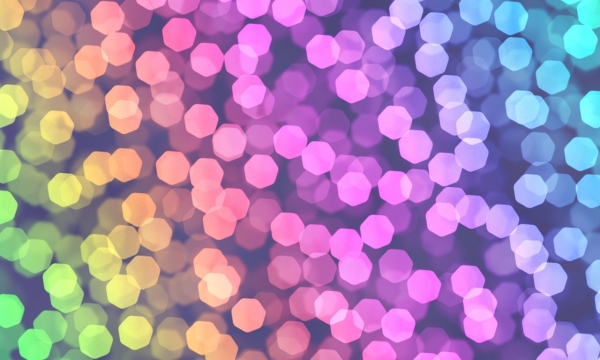Color mixing is the process of combining two or more colors: red and green make yellow, blue and red make purple, red and green and blue make white.
Color mixing is the process of combining two or more colors: red and green make yellow, blue and red make purple, red and green and blue make white. This process of mixing colors is the basis for the future of solid-state lighting. While currently white light is achieved by phosphor down-conversion, LED color mixing actually has a higher theoretical maximum efficiency, which is needed in order to achieve the 2035 DOE energy efficiency goals. Despite the potential efficiency of color-mixed LED sources, there exists one significant challenge: green. The “green gap” is described as the lack of suitable green LEDs. Current green LEDs are made from state-of-the-art hexagonal III-nitride but only reach one third of the efficiency goals laid out in the 2035 DOE roadmap.
In a new study, researchers at the University of Illinois Urbana-Champaign have found a potential path to fill the green gap and report a green-emitting cubic III-nitride active layer with 32% internal quantum efficiency (IQE), which is more than 6 times higher efficiency than what is reported in the literature for conventional cubic active layers.
“The ultimate goal is to triple the efficiency of today’s white light emitting diodes. And to do that, we need to fill the green gap in the spectrum, which is no easy task. You need innovation. And we show the innovation from the materials side by using cubic nitrides,” says electrical and computer engineering professor Can Bayram, who led this work alongside graduate student Jaekwon Lee.
Read more at University of Illinois Grainger College of Engineering
Photo Credit: AStoKo via Pixabay




